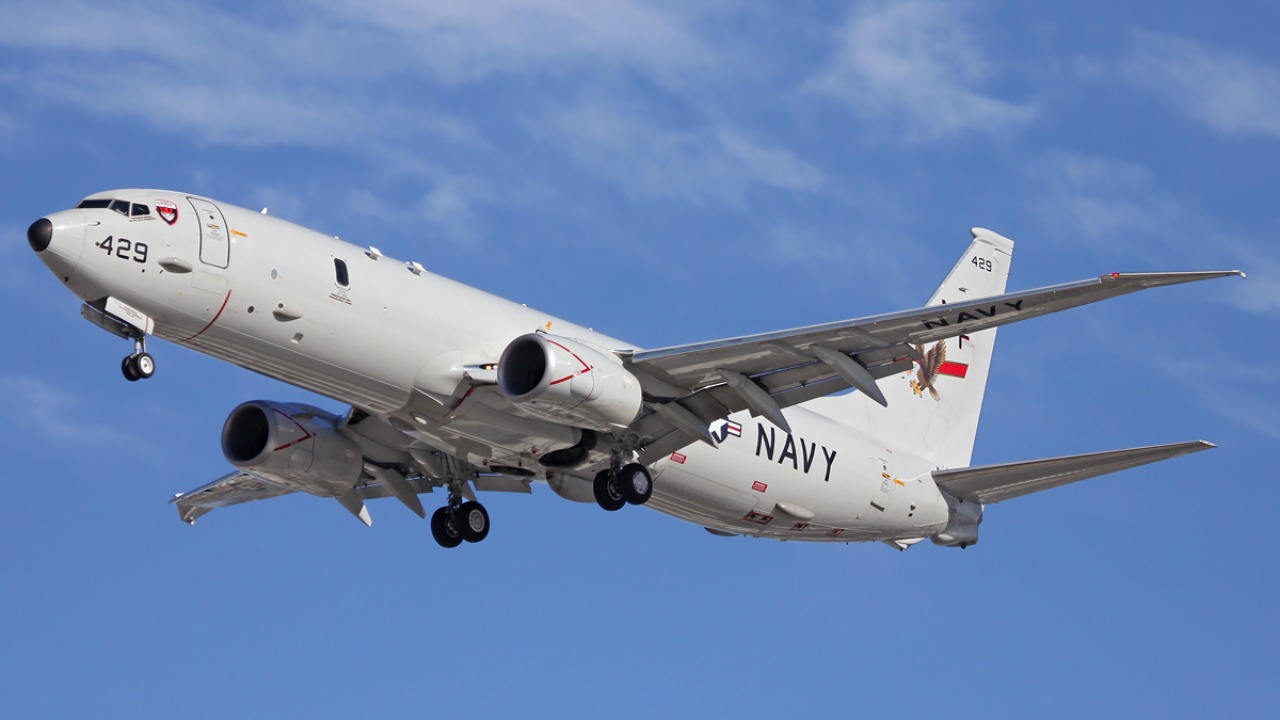
The United States has deployed P-8 Poseidon submarine-hunting aircraft to Norway, marking a significant escalation in the Baltic region amid rising tensions and drone incursions. This strategic move is part of NATO’s Baltic Sentry operations, as confirmed by recent reports. The deployment underscores the growing military focus on the Baltic Sea, a region increasingly fraught with geopolitical challenges.
Deployment of P-8 Poseidons to Norway

The P-8 Poseidon aircraft, renowned for its advanced submarine detection and warfare capabilities, represents a critical asset in the U.S. military’s arsenal. Equipped with state-of-the-art sensors and weaponry, the P-8 Poseidon can effectively track and neutralize submarine threats, making it an invaluable tool in maintaining maritime security. The aircraft’s deployment to Norway enhances NATO’s operational readiness in the region, providing a strategic advantage in monitoring and responding to underwater threats.
Norway’s geographical location offers a strategic vantage point for operations in the Baltic Sea. The operational base in Norway not only facilitates rapid deployment of the P-8 Poseidons but also strengthens NATO’s surveillance capabilities in the region. This move aligns with NATO’s broader strategy to bolster its presence and deterrence posture in response to evolving security dynamics in the Baltic area. Read more.
The deployment of these aircraft is not only a tactical maneuver but also a strategic signal to both allies and potential adversaries. The P-8 Poseidons are part of a broader effort to enhance maritime domain awareness, a critical component in countering the sophisticated underwater threats that have become more prevalent in recent years. By positioning these aircraft in Norway, the U.S. and NATO can conduct more frequent and comprehensive patrols, thereby increasing their ability to detect and respond to any submarine activity that could threaten regional security. This deployment also facilitates joint exercises with Norwegian forces, fostering greater interoperability and readiness among NATO members.
Baltic Sentry Operations

NATO’s Baltic Sentry initiative aims to enhance security and stability in the Baltic region through coordinated military operations and intelligence sharing among member states. This initiative has gained momentum with the recent inclusion of a U.S. Navy Destroyer, further strengthening the alliance’s maritime capabilities. The presence of the destroyer complements the P-8 Poseidons, providing a robust response to potential threats and ensuring a comprehensive defense strategy.
The decision to integrate a U.S. Navy Destroyer into the Baltic Sentry operations follows reports of increased drone incursions in the region. These incursions have raised concerns about potential surveillance and intelligence-gathering activities by adversarial forces. By enhancing its naval presence, NATO aims to deter such activities and reassure member states of its commitment to regional security. Learn more.
The Baltic Sentry operations are a testament to NATO’s adaptive strategy in the face of evolving threats. These operations involve not only the deployment of advanced military hardware but also the integration of cutting-edge technologies for intelligence gathering and threat analysis. The inclusion of cyber defense measures and electronic warfare capabilities further enhances the alliance’s ability to protect its assets and maintain operational security. The collaborative nature of Baltic Sentry allows for real-time information sharing among member states, which is crucial for timely and effective responses to any emerging threats. This initiative also serves as a platform for testing new tactics and technologies that can be applied across other NATO operations worldwide.
Rising Tensions in the Baltic Region

The Baltic Sea has become a focal point of geopolitical tensions, with various factors contributing to the increased military presence and activity in the area. The strategic importance of the region, coupled with its proximity to Russia, has heightened security concerns among NATO allies. Recent drone incursions have exacerbated these tensions, prompting a swift response from NATO and the U.S. military to safeguard their interests.
These incursions are perceived as potential threats to regional stability, necessitating a robust and coordinated response from NATO forces. The deployment of advanced military assets, such as the P-8 Poseidons and U.S. Navy Destroyer, underscores the alliance’s resolve to address these challenges head-on. By enhancing its surveillance and deterrence capabilities, NATO aims to maintain a secure and stable environment in the Baltic region.
The geopolitical landscape of the Baltic region is further complicated by the presence of critical maritime routes and energy infrastructure, which are vital to the economies of several NATO countries. The strategic chokepoints in the Baltic Sea are of particular interest, as they are potential targets for disruption by hostile forces. The recent uptick in military exercises and reconnaissance missions by non-NATO countries has heightened the sense of urgency among alliance members to bolster their defensive measures. In response, NATO has increased its surveillance activities, employing a combination of satellite imagery, aerial reconnaissance, and naval patrols to monitor the situation closely. This comprehensive approach aims to deter any attempts at destabilization and ensure the free flow of commerce and resources through these crucial waterways.
Implications for U.S.-NATO Relations

The deployment of P-8 Poseidons to Norway and the increased military collaboration within NATO have significant implications for U.S. relations with its allies. This strategic alignment reinforces the U.S.’s commitment to collective defense and its role as a key player in ensuring European security. The enhanced military presence in the Baltic region serves as a testament to the enduring partnership between the U.S. and NATO member states.
As tensions continue to simmer in the Baltic Sea, the current military posture could lead to various diplomatic and strategic outcomes. Strengthened ties among NATO allies may result in more cohesive and coordinated defense strategies, while also deterring potential adversaries from aggressive actions. The ongoing collaboration highlights the importance of unity and preparedness in addressing emerging security challenges in the region.
This enhanced military cooperation also has broader implications for transatlantic relations, particularly in the context of shifting global power dynamics. The U.S. commitment to NATO’s collective defense is a cornerstone of its foreign policy, and the deployment of advanced military assets like the P-8 Poseidons reinforces this commitment. This move is likely to reassure European allies of the U.S.’s dedication to their security, even as it navigates complex relationships with other global powers. Furthermore, the increased military presence in the Baltic region could serve as a deterrent to potential adversaries, signaling that any aggressive actions will be met with a unified and robust response. This strategic posture not only strengthens the alliance but also contributes to a more stable and secure international order.